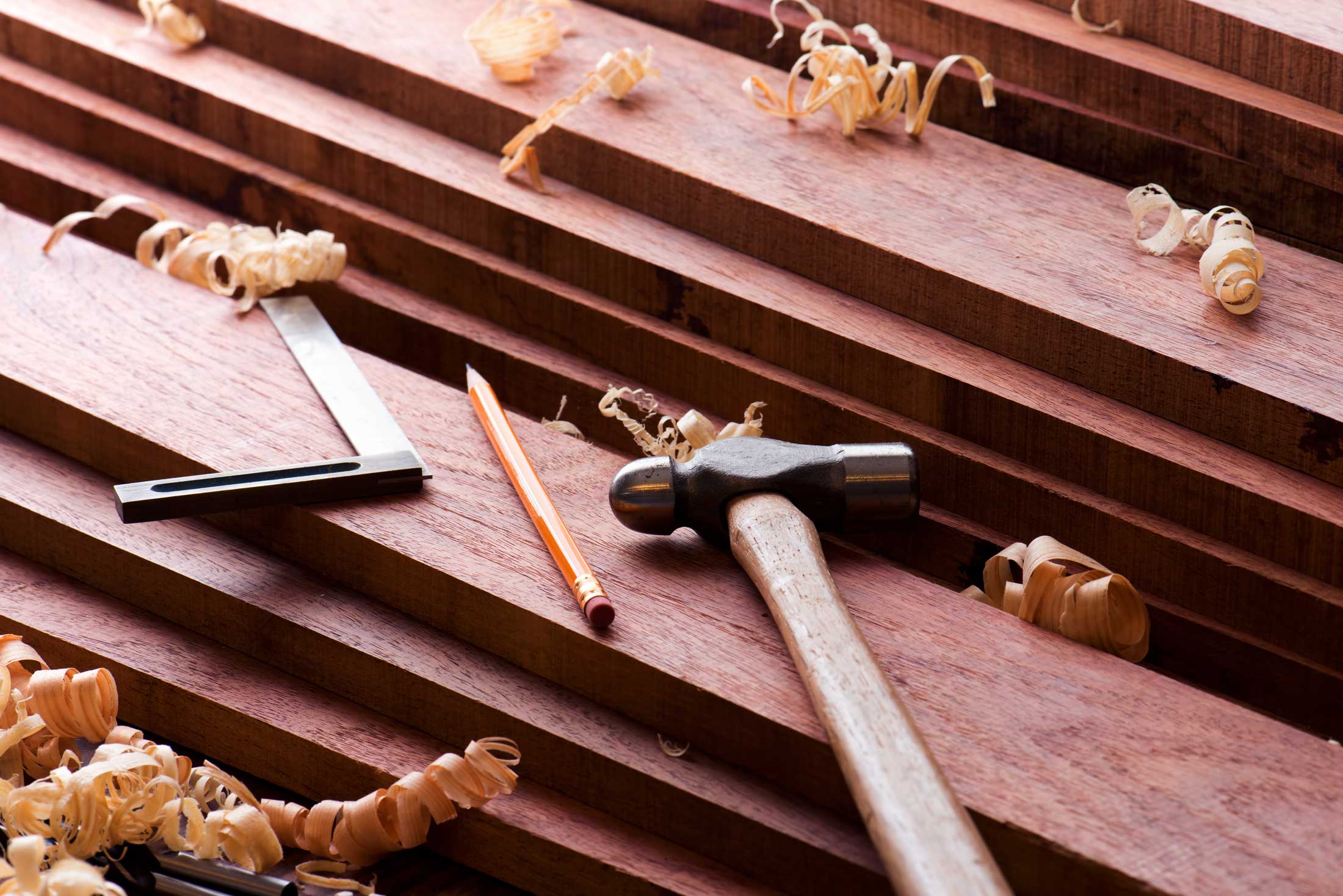
Third, in our technical series on painting icons, this article discusses the different types of braces found in Russian icons since the 12th century and their use in icon panels from the past to today. This series of articles has particular application to painting icons but has broad application to preparing wood panels for painting.
The size and shapes of icon painting panels are diverse depending upon the image’s composition, its purpose (for iconostasis, home, an element of the diesis, etc.), and the customer’s wishes. Since the first icon paintings were made, their form and size repeatedly changed, so it is quite possible to determine the approximate date of the icon in this manner. Of course, it is also necessary to consider the icon’s other special features to date it accurately.
Small icons were usually written on a single board. However, several boards glued together to form a single panel were still referred to in Russia as an ikonoi doskoi (иконной доской), or literally “icon board.”
Both single-board icons and glued icon panels usually had braces installed in them to prevent them from warping. When using them on glued boards, braces stabilize the joints of glued panels and strengthen the joints. Braces were usually made from hardwood, such as oak or beech, and were installed on the reverse side of the board. Only at the end of the 17th century did the practice begin installing braces into the icon board's ends.
In the 12th and 13th centuries, icon braces were fastened onto the back surface with the aid of forged nails, or iron pintles, so-called “additional” braces” (Fig. 1). In the first half of the 14th century, the use of these “additional braces” gradually began to be displaced by fitted braces that were placed into transverse slots called dados cut into the backside of the board. Such braces were fastened into slots with a nail or glued in one place. Because of this fastening method, as the wood expanded and contracted in response to changes in the environment, the brace could freely move inside the slot. This helped to prevent seams from cracking since the board could expand and contract without strain added by the braces. The shapes and arrangements of these braces in an icon panel became diverse.

Fig. 1. Braces fastened with nails on the back of icon boards.
Fig. 2. Through braces are placed into transverse dados.
Through braces are slats placed into transverse dados in the board that ran from one edge to the other (Fig. 2). Counter braces were sunk into dados, similar to the slots of through braces, but in this case, the slot was not cut to the edge of the board. Counter braces were called such because usually, the icon board had two braces set counter to one another (Fig. 3). Usually, counter braces were made in the shape of trapezoids with the small end fitted into the dead end of the slot.

Fig. 3. Counter braces are set into opposing slots.
Fig. 4. Relief braces are set above the back surface of the board.
Relief braces are similar to through or counter braces. The difference between them is that relief braces (Fig. 4) protrude above the surface of the board, in contrast to through or the counter braces that are flush. In comparison with braces made flush with the board, relief braces are perhaps more expedient because, during their use, the back of the icon board cannot touch other surfaces, such as walls, which improves the ventilation of the board and contributes to its preservation.
There are also end braces, laths that are cut into dados (usually rectangular) at the ends of the board (Fig. 5). End braces are fastened like other braces to the board, i.e., with the aid of a nail, a wooden pintle or glued at one point.

Fig. 5. End braces are laths set into slots at the end of the boards.
Fig. 6. Dowels set into holes drilled through the board.
Besides those already described, there are more types of braces. However, since they were rarely used in Russian icons, there is no need to describe them in detail here. One of these is a cylindrical brace or dowel. This type of brace is similar to the end brace, differing from it by the fact that it is installed in a hole drilled transversely through the board (Fig. 6). Such braces have been found in small icons since the end of the 17th century and beginning of the 18th century, usually on single board icons. Used also to fasten adjacent boards and to prevent joints from becoming misaligned during gluing, they functioned to strengthen the joints of glued boards.
Adaptations of different braces are sometimes encountered in Russian icons to strengthen the joints between boards. Such joints in Russian joinery were given various names, such as “swallows” (ласточки), “pot holders” (сковородники), and “karasik” (карасики), but as far as form is concerned, the most frequently encountered are those depicted in figures 7 and 8.

Fig. 7. Dovetail braces or “swallows” (ласточки).
Fig. 8. Diamond braces or “karasik” (карасики).
Of the braces described in this article, two were typically used in large icon panels set at a certain distance from the ends of the board. In small boards, one brace installed in the center is usually sufficient. One should never install only one end brace since this will only exacerbate board deformation. Sometimes, in the case of very large boards, it is possible to use several different types of braces, for example, two relief and two end braces, for additional strength.
Notes
A pintle is usually an upright pivot pin on which another part turns.












